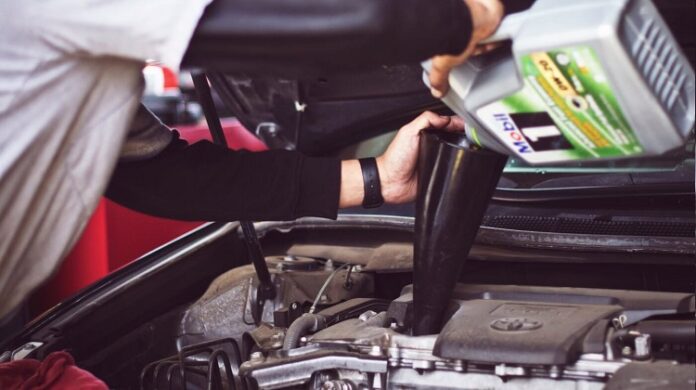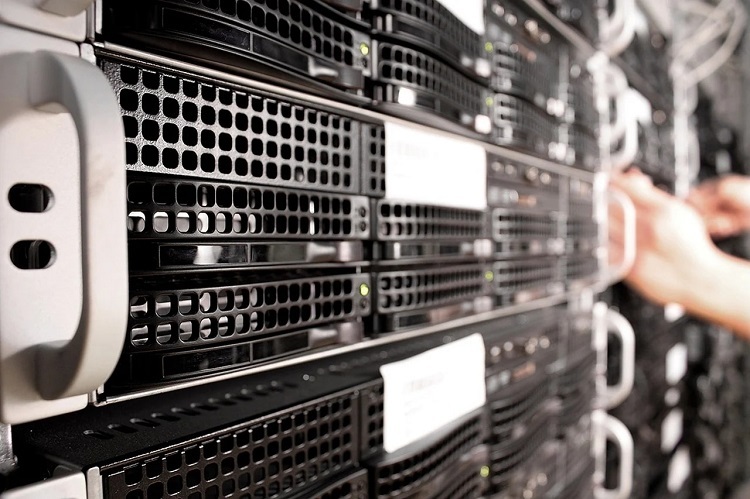Diesel particulate filters are a vital part of your car’s emission system. They’re usually located just behind the vehicle’s muffler. But if you don’t keep your DPF clean, it may not perform its job properly.
There are two types of DPFs: active and passive. The first type uses a catalytic converter, which causes the filter to burn off the soot in the fuel. Passive systems also contain activated charcoal, but without the need for a catalyst.
Active DPFs cost more than their passive counterparts because of the additional parts required. However, passive filters do not last as long due to their low heat tolerance.
The second main function of a DPF is to protect your engine from damage caused by small pieces of dust. As well as damaging your engine, these particles can cause health problems when inhaled.
What Is a (dpf)diesel Particulate Filter?
When you drive your car, there’s a lot that goes into making sure that you get where you need to go safely. There are many different parts involved in the process of getting from point A to B. One part of the vehicle that needs to be taken care of regularly is the engine. The engine contains lots of moving parts, including pistons, valves, and other mechanical components. If these parts aren’t working correctly, you could end up with some serious problems.
One of the most important pieces in an automobile engine is the diesel particulate filter. This device helps to reduce the amount of soot that builds up inside the engine. Soot can cause damage to the internal workings of your car and also create a bad smell. When it comes to cleaning your diesel particulate filters, there are two main methods.
You can use a vacuum cleaner, or you can purchase a special machine designed to clean the DPFs. Either way, you’ll want to make sure that you know how to do this properly.
Is It Safe to Drive with the Diesel Particulate Filter Light On?
In the last few years, more than 100 people have died in the U.S. from breathing in exhaust fumes while driving their cars. This is why many car manufacturers now include an electronic device known as a diesel particulate filter (DPF). The DPF uses technology that captures soot particles before they reach your lungs.
However, some people worry that this will cause the engine to run hotter and use more fuel. So what’s the truth behind these claims?
First of all, the DPF doesn’t actually capture the majority of soot. Instead, it just traps a small percentage of the particles. As a result, the engine still runs cooler and consumes less fuel. In fact, the EPA says that the DPF can reduce the number of harmful emissions by up to 50 percent.
Second, the DPF is designed to work in tandem with the catalytic converter. When the two devices are working together, they trap almost 90 percent of the carbon monoxide and hydrocarbons.
Maintaining a (DPF) Diesel Particulate Filter
If you want to make sure that you don’t have any problems with your DPF, you should follow these steps.
First, you need to check the level of pressure inside the tank. If it is low, then you can add more fuel to it. However, if the pressure is high, you’ll need to replace the filter.
Second, you should clean the filter regularly. You shouldn’t wait until you notice a problem before you take action.
Third, you should change the oil and lube the parts of your engine that are connected to the filter. Doing this will help you prevent any future problems.
Fourth, you should be careful when you’re driving in cold weather. If the temperature is below freezing, then you won’t be able to maintain proper levels of pressure in the tank.
What Are the Symptoms of a Blocked Diesel Particulate Filter?
If your car is starting to smoke, you might be wondering why this could happen. There are several reasons for this problem, but the most common one is that you have a dirty DPF. If you want to know how to get rid of the smell from a blocked DPF, then you should read on.
When your engine runs, it creates a lot of heat. This causes tiny particles to form inside your DPF. The particles are then trapped by the filters. However, these filters can become clogged with soot. When that happens, it means that the DPF is no longer working properly.
You will notice that your car starts to stutter when you accelerate or a brake. You also might start smelling a strange odor. This is because the exhaust system isn’t getting enough oxygen. As soon as you remove the DPF, you will find that everything works fine again.
There are some other signs that indicate that you need to replace your DPF.
How Much Does It Cost to Replace a Diesel Particulate Filter?
A diesel particulate filter (DPF) is part of your vehicle’s exhaust system. It helps keep harmful particles from being released into the air. However, DPFs have an expected lifespan. When the filter becomes clogged with soot, it needs to be replaced. If you don’t know how much it costs to replace a DPF, here are some estimates:
$200 – $500 per filter
$600 – $1,000 for a complete replacement of the entire engine
However, this is just a rough estimate. The price will vary depending on your car and the condition of the filter which you can navigate here.
You can also save money by replacing the filters yourself. You’ll need to take your car to a mechanic who knows what he or she is doing. But, you may find that you can get the job done at home, saving you time and money.












